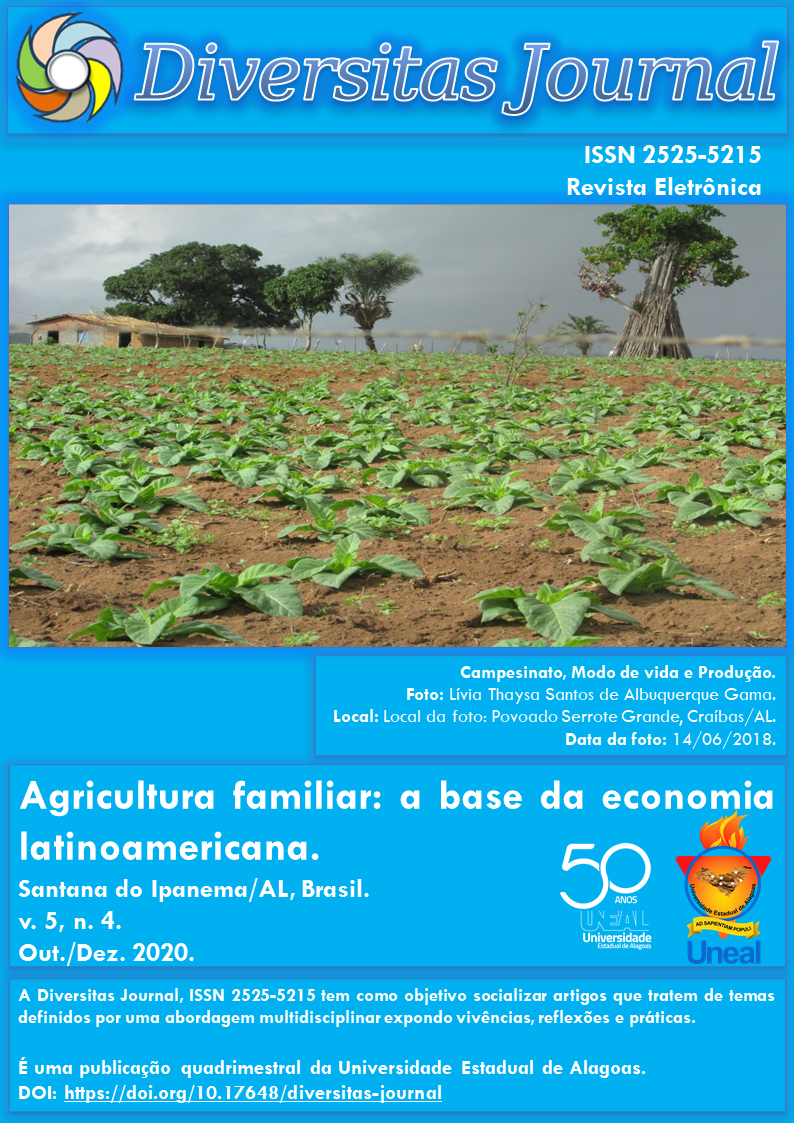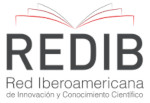Ectoparasitos ou suas lesões sugestivas em escolares de duas instituições da rede pública de um município do Nordeste brasileiro
DOI:
https://doi.org/10.17648/diversitas-journal-v5i4-1216Abstract
ABSTRACT: Ectoparasitoses are frequent in school-age children and assessing ectoparasitic status becomes relevant. This study established the ectoparasitic status of elementary school students from 5 to 16 years old, in two educational institutions in the municipality of União dos Palmares-AL, based on the in loco identification of the ectoparasite or its suggestive lesions and epidemiological inquiry to responsible for children. There were evaluated 470 students in two different periods (a rainy and a non-rainy period) to investigate the presence of injury or the ectoparasite itself, by superficial body inspection (hands, feet and hair). Among the cases evaluated, 154 positive cases were observed, 5% of which were from Tunga penetrans, 65% Pediculus capitis and 30% Sarcoptes scabiei. The prevalence of ectoparasitoses was 21.3% for P. capitis, 10% for S. escabiei, and 1.5% for T. penetrans. Of the total positive cases for some ectoparasitosis, 41.5% (54/154) were found in the rainy season and 23.4% (36/154) in the non-rainy season. All positive cases were referred for treatment. The study showed infestations for the main ectoparasitoses, especially pediculosis and scabies, which determines the great importance of ectoparasites, Besides that, although there are no long periods of drought in the zone of the Alagoas forest, in the period of scarcity of rains, with high temperatures, characteristic of the region, a higher occurrence for pediculosis was observed, with the influence of the collection period being determined here.
KEYWORDS: ectoparasitic infestation, parasitic diseases, public health.
Metrics
Downloads
Published
How to Cite
Issue
Section
License
Copyright (c) 2020 Claudia Maria Lins Calheiros, Janaina Freitas Silva de Araújo, José Rodrigo da Silva Ferreira, Thiago José Matos Rocha

This work is licensed under a Creative Commons Attribution 4.0 International License.
The Diversitas Journal expresses that the articles are the sole responsibility of the Authors, who are familiar with Brazilian and international legislation.
Articles are peer-reviewed and care should be taken to warn of the possible incidence of plagiarism. However, plagiarism is an indisputable action by the authors.
The violation of copyright is a crime, provided for in article 184 of the Brazilian Penal Code: “Art. 184 Violating copyright and related rights: Penalty - detention, from 3 (three) months to 1 (one) year, or fine. § 1 If the violation consists of total or partial reproduction, for the purpose of direct or indirect profit, by any means or process, of intellectual work, interpretation, performance or phonogram, without the express authorization of the author, the performer, the producer , as the case may be, or whoever represents them: Penalty - imprisonment, from 2 (two) to 4 (four) years, and a fine. ”


















